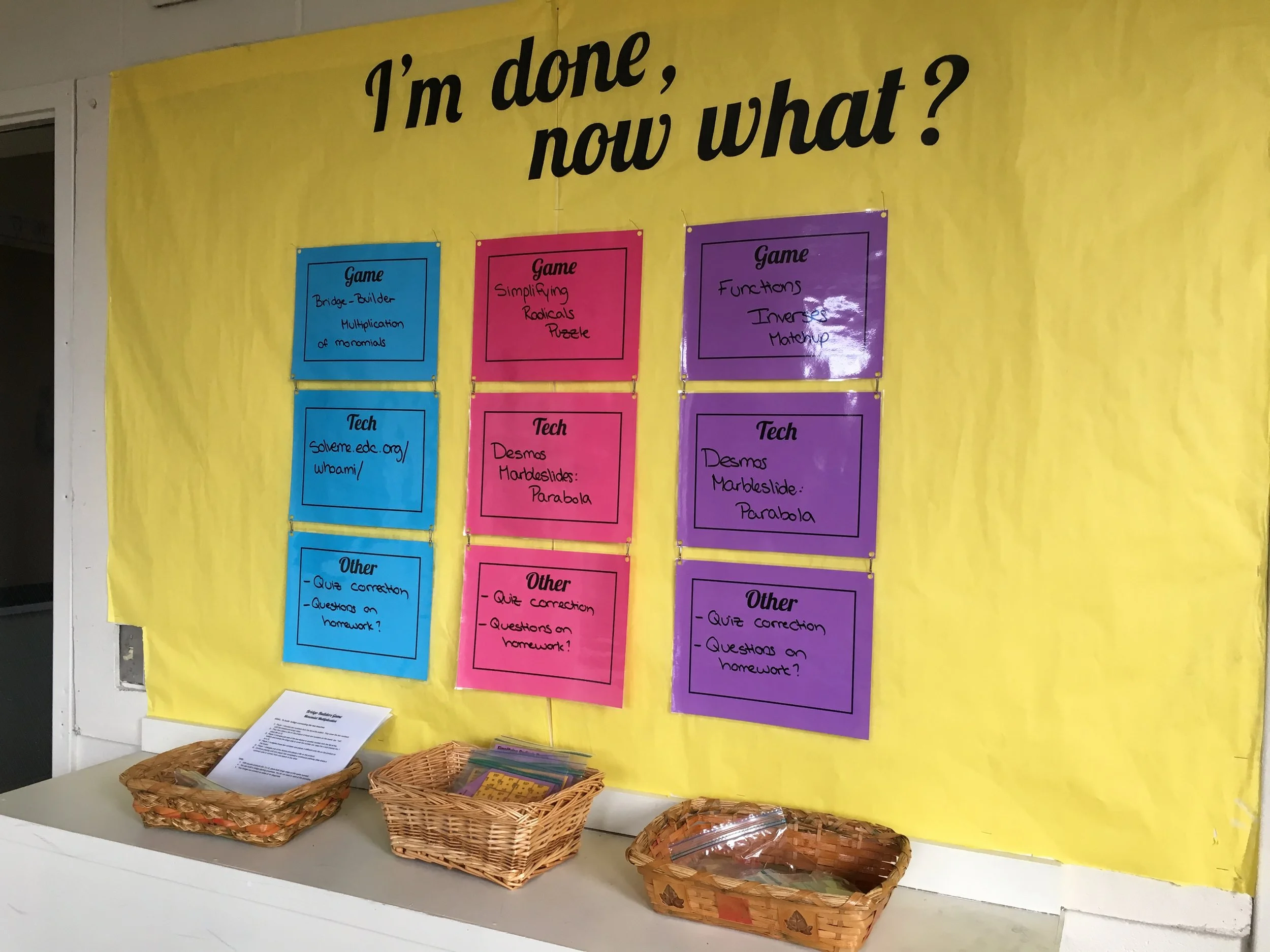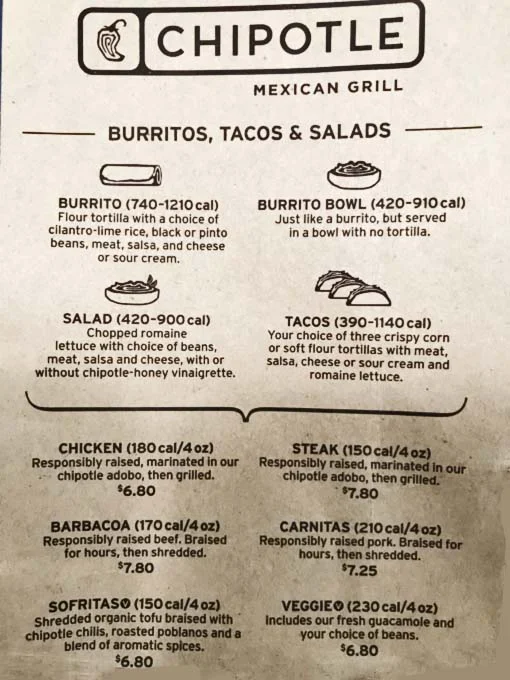I'm Done, Now What? Board
/My biggest challenge when I started teaching four different math levels within one class was making sure that students were not wasting time waiting for me while I was working with others. As I struggled with this at the beginning of my first year, it became clear that I needed to create a system to address this. The system needed to have differentiation built in and students had to be able to use it independently of me during class time.
Preferring a minimalist classroom, I still had one blank bulletin board because I hadn't yet found something meaningful enough to put up on it. And so was born the "I'm Done, Now What?" board.
I laminated sheets of colored paper to turn them into dry-erase boards and strung them together with small hooks. Every week, I choose activities that either serve as enrichment to what we are currently working on in class, review previous knowledge, or prepare students for topics to come. The levels are color-coded rather than written out to avoid stigma and make students feel more comfortable about being on their individual learning path. I put necessary materials in baskets beneath the board to make them easily accessible, and any necessary links are emailed to students at the beginning of the week.
This system has worked well so far: when at student finishes their work, they simply move on to an activity on the board. Once the system has been explained to them and they know the color they should pick from, students are completely independent. As a result, wait time has been cut out almost completely, and students are more productive in class. It's so important to make every minute count!



















